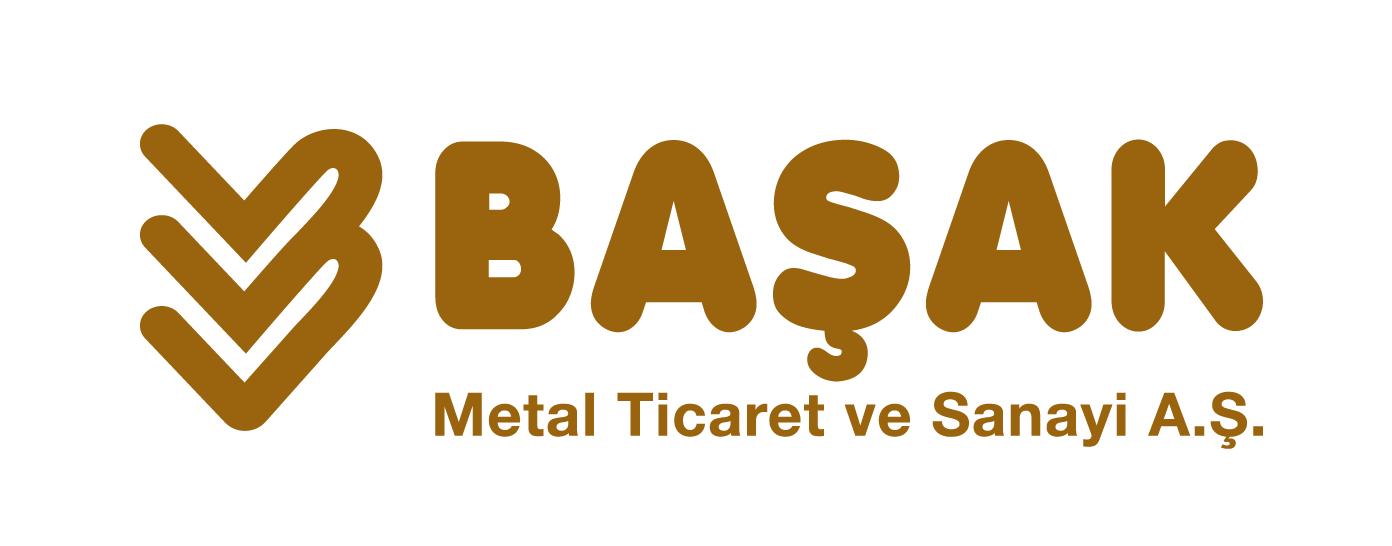MARKET COMMENTARY
In June 2025, 3 M LME copper prices traded within the range of $9,511 to $9,917, reflecting a month marked by a complex interplay of global trade dynamics and geopolitical developments. The month began with prices at relatively subdued levels due to market pressures stemming from the global trade war initiated by U.S. President Trump. However, copper gained momentum as hopes for a potential trade agreement between the U.S. and China emerged.
During the first week, copper prices rose supported by a weakening U.S. dollar, which typically makes dollar-denominated commodities more attractive. Despite renewed trade tensions between the U.S. and China and ongoing supply chain concerns limiting gains, copper ended the week up 1.83%, closing at $9,670.5.
The second week started with optimism fueled by progress in U.S.-China trade talks and expectations of resolving the trade war, alongside continued dollar weakness. However, escalating uncertainty over trade tariffs and mounting tensions in the Middle East reversed these gains, causing copper to close the week down 0.24% at $9,647.5.
In the third week, encouraging consumer spending data from China raised hopes for increased metal demand, driving prices higher. Nevertheless, airstrikes between Israel and Iran, regional instability, concerns about global economic growth, and a strengthening U.S. dollar weighed on prices. Copper gave back most of its gains, ending the week with a modest 0.13% increase at $9,660.5.
In the final week, copper surged to a monthly peak of $9,917, supported by a weakening dollar and improved risk sentiment following a temporary ceasefire between Iran and Israel. Despite persistent worries about potential U.S. tariffs on copper imports, prices ended the week up 2.26% at $9,879.
On the last trading day of June, copper traded in a narrow range as investors awaited clarity on U.S.-China trade negotiations and tariff implementations. Copper prices closed with a slight loss of 0.01% at $9,878 but finished the month with a strong 4.01% gain overall.
Overall, June’s copper market was shaped by a balancing act between trade optimism and geopolitical risks. Moving forward, copper prices will likely remain sensitive to developments in trade relations, Middle East tensions, and currency fluctuations, which will continue to influence demand and price trends.








